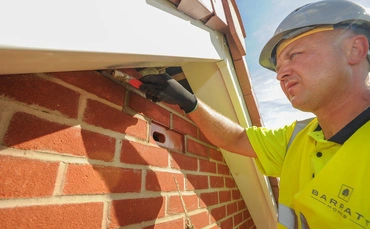More than 20 of the UK’s largest homebuilding companies have signed a voluntary commitment to install bird-nesting bricks and create hedgehog highways on all new developments.
The Homes for Nature commitment, which has been signed by Barratt Developments, Persimmon, Taylor Wimpey, Redrow, and Bellway, aims to support swift populations and many more species across the country by incorporating more nature-friendly features in new homes.
In addition to promising to make nest bricks and boxes and hedgehog highways mandatory in all new low-rise homes, the housing developers have said they will consider introducing additional nature-friendly features in homes, such as bat roosts, insect bricks, and shelters for hibernating animals.



Please no. Can’t comment on hedgehog highways, but the rest will get filthy and loaded with parasites. By insect bricks, I’m thinking bee hotels? Again, those are single use in nature.
An interesting point, but I don’t think that is as clear cut as you suggest.
The article mentions swift boxes, for example. Swifts, of course, return to the same nests each year anyway. There is a specific parasitic louse that is present in most swift nests, as I understand - but they appear to tolerate the parasitic load regardless.
Bats, on the other hand, reduce parasite buildup by moving from one roost to another across the year - but they will reuse the same roosts and hibernaculae in subsequent years.
I’m not sure exactly what they mean by insect bricks either, but assuming that it something like bee hotels, well, I am not very familiar with these overall, but having watched the red mason bees on the south side of my home for the last couple of years, they certainly seem to be using the same holes more than once.
The critical thing, overall, will be whether they use designs that have been developed by organisations who have done their research - of which are many available, that they have trying to get the building industry to use for a good while now - rather than simply greenwashing gimmicks.